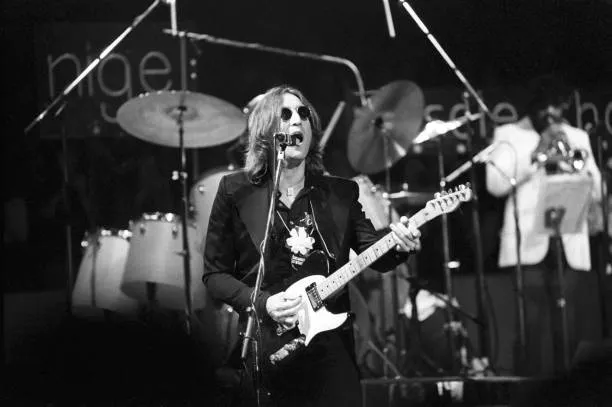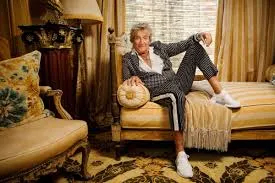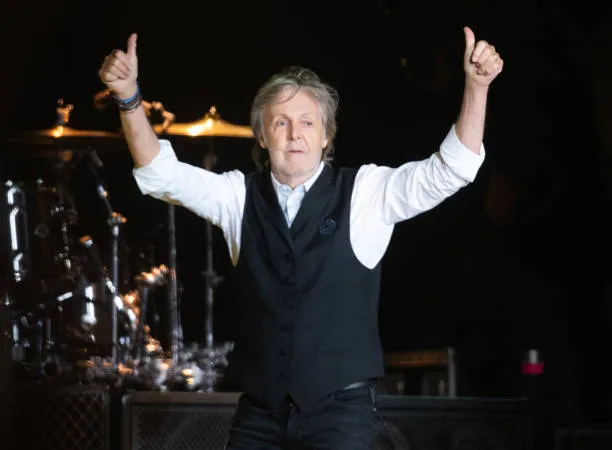John Lennon's public persona as a musician and activist often overshadowed his private role as a father. His relationships with his two sons, Julian and Sean, were complex and evolved significantly over time.
Julian Lennon:

John's first son, Julian, was born in 1963 to his first wife, Cynthia Powell. The demands of Beatlemania meant John was often absent during Julian's early years. Their relationship was strained, with Julian later describing his father as "a hypocrite" for advocating peace and love but not showing it to his own son.
However, after The Beatles broke up, John made efforts to reconnect with Julian. They spent time together in the mid-1970s, with John teaching Julian to play guitar and encouraging his artistic interests. Despite these attempts, their relationship remained complicated.
Sean Lennon:

Sean, born in 1975 to John and Yoko Ono, experienced a very different relationship with his father. After Sean's birth, John stepped back from the music industry to become a "househusband," dedicating himself to raising Sean during the first five years of his life.
This period saw John embracing fatherhood fully. He was involved in all aspects of Sean's care and early education, from changing diapers to teaching him to read and write. John's song "Beautiful Boy (Darling Boy)" was written for Sean, showcasing his deep love for his younger son.
Contrasts and Regrets:

The stark contrast between John's relationships with his two sons was a source of pain for Julian and regret for John. In later interviews, John acknowledged his failings as a father to Julian and expressed a desire to make amends.
Impact on His Music:
John's experiences as a father influenced his music. Songs like "Mother" and "Julia" from his solo career reflected on his own complicated childhood and absent parents. "Beautiful Boy (Darling Boy)" and "Hey Jules" (later reworked as "Hey Jude" by Paul McCartney) were direct reflections of his relationships with his sons.
Legacy:

After John's death, both Julian and Sean have spoken about their father's legacy and their relationships with him. Both have followed in their father's musical footsteps, though they've taken different paths in the industry.
Julian has been open about the challenges of growing up in his father's shadow and the complexities of their relationship. Sean, who was only five when John was killed, has focused on preserving and celebrating his father's legacy.
Conclusion:
John Lennon's journey as a father was one of contrasts and evolution. From his often-absent role in Julian's early life to his hands-on parenting of Sean, Lennon's approach to fatherhood changed dramatically over time. His relationships with his sons provide a humanizing glimpse into the life of a cultural icon, revealing both his flaws and his capacity for growth and love.
Lennon's experience as a father adds depth to our understanding of him as a person and an artist. It reminds us that even cultural icons grapple with the everyday challenges of family life, and that personal growth and change are possible, even in the spotlight of fame.



